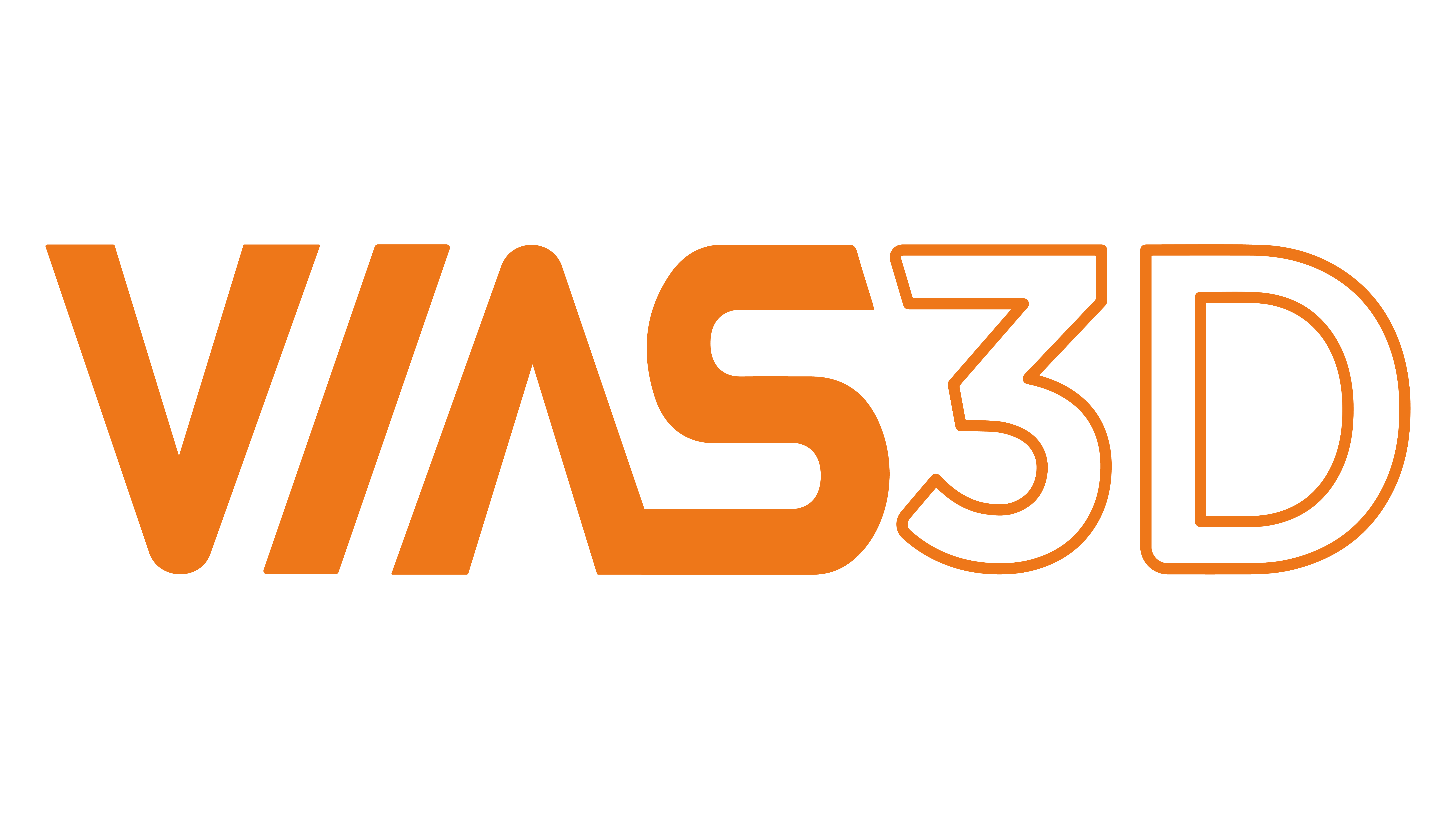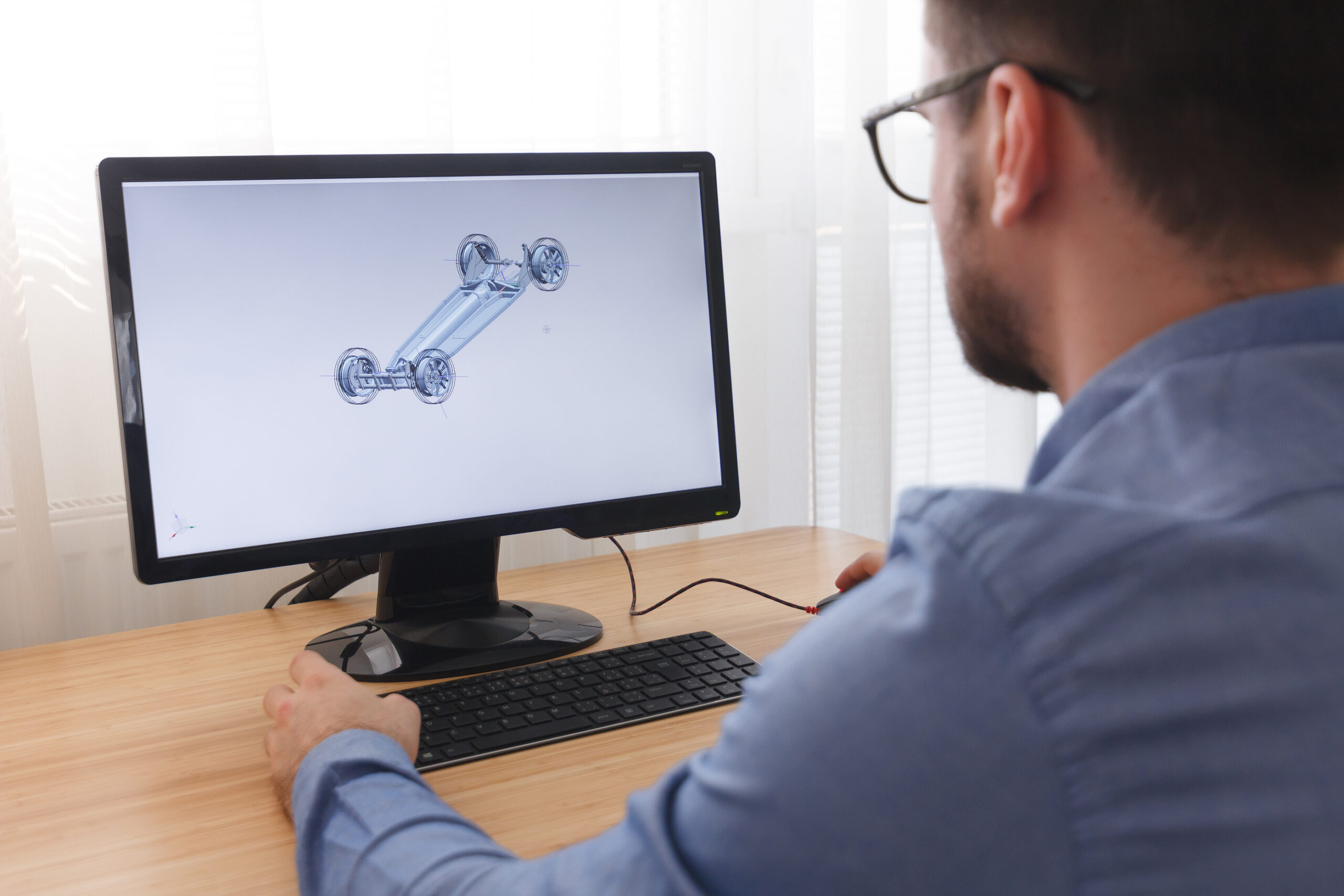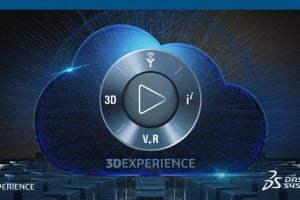Students & faculty members have to invest a lot of time to develop their knowledge & skills to keep up with the rapidly changing industry technologies. For students, becoming job ready needs learning advanced tools that can benefit both the employees & the employers. This includes being familiar with & a hands-on practice on all kind of product development solutions. Due to the huge gap between industry & academia, students & educators face challenges such as lack of knowledge of which software tools are currently being used in the industry & the lack of good training platform, whereas industries are in search of a workforce which is well versed with the latest technologies & having knowledge of the advanced simulation tools.
Learning the advanced tools & solutions will help the students prevent repetitive design-related business interruption and provide cost-effective, quick & safer designs once they join the industry.
To bridge the gap between industry and academia, Vias3D is making efforts to upgrade the knowledge of students by providing the students access to the latest product development tools that we provide in a variety of industries.
We are happy to help academia with the most advanced software for product and learning innovation – “3DEXPERIENCE Platform for Academia” which brings new capabilities to educators and students. 3DEXPERIENCE for Academia is an advanced platform designed for a variety of industries such as T&M, A&D, Life Science, High Tech, Consumer Packaged Goods & thus comes as a multidisciplinary collaboration Platform which covers many engineering fields such as –
- Design and Engineering
- Systems Engineering
- Manufacturing and Production
- Architecture and Civil Engineering
- Project Management.
Via an intuitive, web-based user interface, educators can easily create local or international collaborative environments, such as student projects or exams, & assign roles to participants. Students can start projects on campus, continue at home & discuss issues over online communities or screen-sharing. Following are some of the benefits of using 3DEXPERIENCE for Education –
- Installation process is simple & quick
- Provides collaborative environment
- Easy to maintain
- Easy access – anytime, anywhere
- Secure & up to date
Here’s how Vias3D’s 3DEXPERIENCE for Education platform can help the students, faculty members & researchers in different ways providing educators with –
- A complete visibility into and control over their digital teaching resources
- The capacity to deliver their lessons in a 3DDashboard as if they were in a physical classroom
- A rich environment to organize their curriculum, embedding webcams, and offer students a range of learning activities while clearly outlining expectations and deadlines
- The 3DEXPERIENCE platform’s communities facilitate interactions among groups of students and with their teachers.
One can connect existing legacy CATIA V5 and SOLIDWORKS Desktop data to the powerful 3DEXPERIENCE platform, enhancing the design and engineering abilities. This will help increase collaboration using social media inspired communities and newsfeeds, synced with your 3D data, all connected together via the platform.
For enhancing the collaborative environment, one can also connect the existing CAD data to the Platform for Design Guidance, Design assistant and Sub – D Modeling. We can easily and quickly create parametric 3D models with 3D Creator and complex, organic shapes with 3D Sculptor.
Using highly automated generative modeling, you can easily and quickly create complex organic shapes & parametric 3D models with CATIA xDesign. It provides interactive 3D modeling, with the ability to use one or the other interchangeably at any time as it offers real-time collaboration thus improving product lifecycle management. It is an ideal solution for learning and teaching styling & industrial design, based on an end-to-end innovative 3D creative process. Experience a full 3D journey from 3D sketching in VR to HD rendering with Style Designer for Education. You can create rapid prototypes and 3D-prints or visualize physical objects with reverse engineering.
3DEXPERIENCE for Education helps extend your students’ design capabilities & innovate faster with intuitive design, advanced simulation, manufacturing & product lifecycle management. It provides a portfolio of solutions across the entire design-to-manufacture ecosystem & proven industry workflows, all connected through the 3DEXPERIENCE platform. Access powerful capabilities for 3D design (SOLIDWORKS & CATIA), simulation (SIMULIA), manufacturing (DELMIA), & product data and lifecycle management (ENOVIA).
One of the most important functionalities 3DEXPERIENCE for Education platform provides is connectivity between Education and on-going Industry best practices. The solutions are used by major Industries in different domains and verticals. Moreover, you can collaborate on the cloud and access the growing suite of tools on the platform to manage all facets of your design – accessed, reviewed and approved, anytime anywhere and from any device.
With our team of Industry experts having strong backgrounds in design, simulation, manufacturing, engineering process and systems analysis in various industries, we have a deep technical understanding of engineering problem solving using advanced physics-based tools. We prepare the workforce of the future by providing them the necessary solutions and technology used by industry experts to develop cutting edge products and services!
About Vias3D
Vias3D engineering and simulation team combines decades of analytical and design experience. They have successfully helped to design various products from many industries for strength, stability, rigidity, and fatigue endurance. Our design and analysis capabilities are accomplished through advanced engineering modelling techniques such as Finite Element Analysis (FEA), Computational Fluid Dynamics (CFD), Electromagnetics (EMAG) and other tools.
Using these advanced tools, we can capture complex design features and nonlinearities arising from materials, geometry, and surface interactions to simulate designs and predict their response before they are brought in production.




